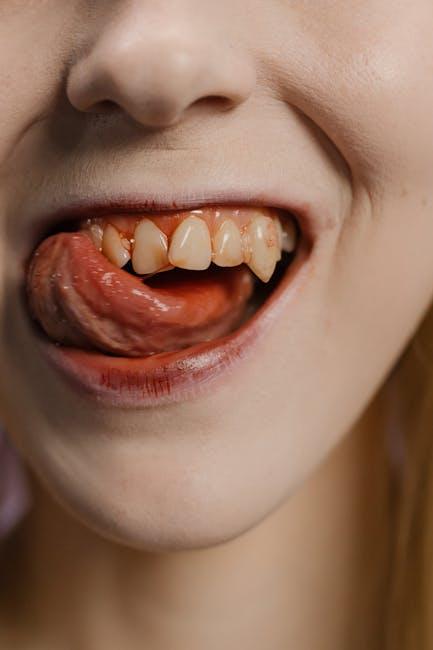
Does Medicaid Cover Dental? Orthodontics, Common Procedures & State Coverage – HealthInsurance.org
If you’re wondering, does Medicaid cover dental? — you’re not alone. Dental health is a crucial part of your overall wellbeing, yet dental insurance can be complex. Medicaid offers dental benefits, but coverage varies widely depending on your state and eligibility category. This comprehensive guide breaks down Medicaid dental coverage, including orthodontics, common dental procedures, and how state policies impact what you can receive.
Understanding Medicaid Dental Coverage
Medicaid is a joint federal and state program providing health coverage to millions of low-income individuals and families. While Medicaid covers many essential health services, dental coverage is treated differently than medical coverage and varies by state.
Who Qualifies for Medicaid Dental Benefits?
Dental coverage under Medicaid is generally available to certain groups, including:
- Children and adolescents under age 21 (EPSDT program)
- Pregnant women (in many states)
- Some states offer coverage for adults 21 and older, but benefits vary widely.
Due to budget constraints and policy priorities, adult dental benefits under Medicaid are often limited or excluded in certain states.
EPSDT: Dental Care for Children and Teens
The Early and Periodic Screening, Diagnostic, and Treatment (EPSDT) benefit requires all state Medicaid programs to cover dental services for children under 21. This includes preventive dental care to maintain healthy teeth as well as restorative treatments when necessary.
Does Medicaid Cover Orthodontics?
Orthodontic treatment, such as braces, is often a pressing concern for families enrolled in Medicaid. Here’s what you should know about Medicaid coverage for orthodontics:
- Orthodontic services are covered for children under Medicaid only if the treatment is deemed medically necessary (e.g., severe malocclusion or conditions affecting speech or chewing).
- Cosmetic or elective orthodontic treatments are typically not covered.
- Applicants usually must go through a prior authorization process and meet strict clinical criteria.
- Medicaid adult dental coverage generally excludes orthodontics.
Coverage policies differ by state – some states have more generous approvals for orthodontics while others enforce strict limitations.
Common Dental Procedures Covered by Medicaid
The scope of dental services covered under Medicaid varies but can include common preventive and restorative treatments. Here are typical procedures Medicaid covers for children and, where applicable, for adults:
- Routine dental exams and cleanings
- Dental X-rays
- Fillings for cavities
- Tooth extractions
- Root canals (endodontic therapy)
- Periodontal treatment (gum care)
- Dentures and partial dentures
- Oral surgery for medically necessary conditions
Adults in states with expanded dental coverage may access some of these services, though limits may apply.
State-by-State Medicaid Dental Coverage Comparison
Since Medicaid programs are state-administered, dental benefits differ dramatically across states. Below is a simplified overview of how dental coverage varies nationwide:
| State | Child Dental Coverage | Adult Dental Coverage | Orthodontics Coverage |
|---|---|---|---|
| California | Comprehensive | Limited (emergency & some routine) | Medically necessary only |
| Texas | EPSDT compliant | No adult coverage | Rarely covered |
| New York | Comprehensive & preventive | Limited basic coverage | Covered for children medically necessary |
| Florida | Dental exams & treatment required for kids | Very limited, mostly emergency | Restricted to medical need |
| Ohio | Full benefits for children | Limited benefits with restrictions | Orthodontics covered medically necessary |
To check your state’s specific Medicaid dental benefits, visit your state Medicaid website or HealthInsurance.org’s state-by-state guides.
Benefits of Medicaid Dental Coverage
Medicaid dental coverage offers numerous benefits for qualified individuals and families, such as:
- Preventive care: Routine cleanings and exams help reduce cavities and gum disease.
- Affordable treatment: Access to fillings, extractions, and other procedures at no or low cost.
- Improved overall health: Good oral health reduces the risk of complications related to diabetes, heart disease, and pregnancy.
- Special care for children: EPSDT ensures kids get regular dental screenings and treatments early.
Practical Tips for Maximizing Medicaid Dental Benefits
- Verify coverage: Confirm your dental benefits with your state Medicaid office before scheduling procedures.
- Find Medicaid dentists: Use your state’s Medicaid dental provider directory to find in-network dentists.
- Schedule preventive visits: Early and regular dental visits can prevent costly treatments later.
- Document medical necessity: For orthodontics or extensive treatments, gather supporting medical records to expedite approvals.
- Appeal denials: If coverage is denied, inquire about the appeals process—you may qualify under special circumstances.
Conclusion
So, does Medicaid cover dental? The answer depends on who you are and where you live. Children under 21 receive mandatory dental benefits through the EPSDT program, while adult dental coverage varies by state — with many providing limited or emergency-only benefits. Orthodontics is covered primarily for children with medically necessary conditions and subject to strict criteria.
Understanding the nuances of Medicaid dental coverage can help you better navigate your benefits and maintain good oral health. Always check the specifics of your state’s Medicaid plan, and don’t hesitate to ask your dentist or Medicaid caseworker about covered services. With the right knowledge and approach, Medicaid dental coverage can be a valuable resource for protecting your smile.
For more detailed information on Medicaid and dental insurance options, visit HealthInsurance.org.


